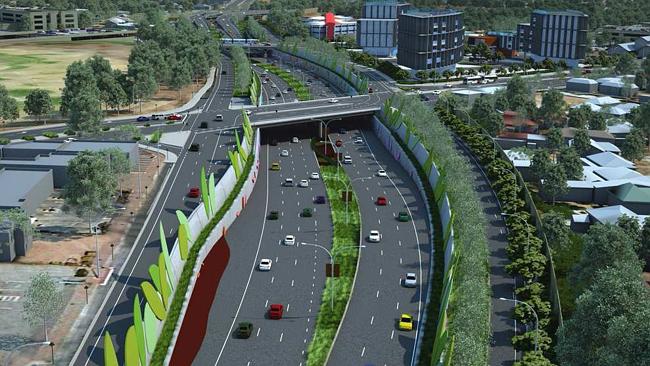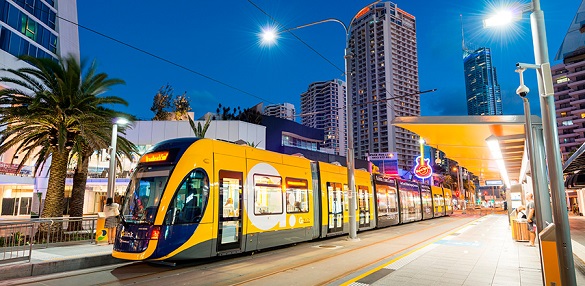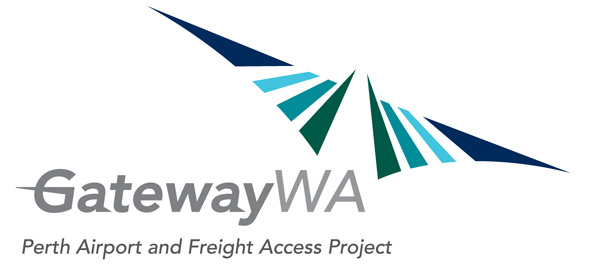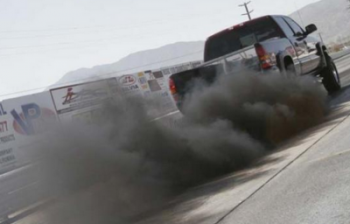History
The idea behind ISCA was sparked in February 2007, when a presentation was given to Engineers Australia by David Hood and Glenn Hedges titled “Does Australia Need an Environmental Rating Scheme for Non-Building Projects”. This generated industry interest such that in the following March, a Steering Committee was formed which:
- Nominated scheme boundaries and scope
- Decided to conduct an investigation into other similar schemes and tools in existence locally and internationally to prevent duplication of efforts
- Acted as an “epi-centre” for scheme initiation
The Steering Committee members were unable to find a similar tool or group developing such a scheme and agreed that stakeholder input and support would be essential if a scheme was to be developed. The committee developed a business case and on 28 February 2008, the Australian Green Infrastructure Council (AGIC) was launched at Queensland’s Parliament House as “Open for Membership”.
During the months of May through August 2008, AGIC was registered as a business, a constitution was prepared and a draft framework for a rating tool was completed. October 2008 saw Doug Harland appointed as AGIC’s first CEO and Antony Sprigg from GHD was engaged as the Tool Development Project Manager.
In November 2008, development of the rating tool commenced with the first round of Pilot Trials in August 2011 and the second round in October. Successful completion of these Pilot Trials saw the Tool finalised and launched nationally, and in each State and Territory as follows:
Location |
Date |
Launched By |
National |
29 February 2012 |
Hon Anthony Albanese MPMinister for Infrastructure and Transport |
NSW |
8 March 2012 |
Hon Brad Hazzard MPMinister for Planning and Infrastructure |
NT |
30 April 2012 |
Hon Gerry McCarthy MLAMinister for Transport, Correctional Services, Construction, |
WA |
19 June 2012 |
Menno HenneveldManaging Director, Main Roads Western Australia |
VIC |
8 August 2012 |
Elana RubinChair, Australian Super |
SA |
5 September 2012 |
Hon Patrick Conlon MPMinister for Transport and Infrastructure |
QLD |
18 April 2013 |
Hon Andrew Cripps MPMinister for Natural Resources and Mining |
In November 2011, ISCA’s inaugural Chairman of the Board, Adjunct Professor David Hood AM, retired with David Singleton being elected to the post. Doug Harland retired in March 2012 as CEO with Antony Sprigg being appointed as his replacement.
At the AGM held on 12 December 2012, the membership voted to change the name of the organisation from AGIC to the Infrastructure Sustainability Council of Australia (ISCA) which came into effect on 4 April 2013.
Australia’s first IS rating was awarded to the Whitsunday Sewage Treatment Plants Upgrade as a Design rating achieving the level of Excellent. This project is being designed, constructed and operated by Tenix for the Whitsunday Regional Council. The rating was awarded at the QLD launch of the IS rating scheme on 18 April 2013.
ISCA thanks everyone who contributed funds, content, time and effort in the development of the IS rating scheme, in particular the Sponsors, Category Authors, Peer Reviewers, Global Review Panel and Pilot Trials.
Sponsors |
||
| Commonwealth Department of Climate Change and Energy Efficiency | ||
| Commonwealth Department of Infrastructure and Transport | ||
| NSW Department of Environment, Climate Change and Water | ||
| Queensland Department of Transport and Main Roads | ||
| BlueScope Steel | ||
| Plastics Industry Pipe Association | ||
| Queensland Department of Environment and Resource Management | ||
| Civil Contractors Federation | ||
| GHD | ||
Category Authors |
||
| UTS ISF | Aurecon | EnviroPartners |
| WorleyParsons | NetBalance | Envisage Consulting |
| Parsons Brinckerhoff | Edge Environment | AECOM |
Peer Reviewers |
||
| Julian Hill | Ed Smith | Steve Lee |
| Jane Scanlon | Bill Morris | Michael Nolan |
| Brian Garsden | Rebecca Hendy | Robert Power |
| Mark Carden | Brett Lane | Penny Townley |
| Mark Latham | Brett Donaldson | Michael Gerner |
Global Review Panel |
Tool Scorecard Design |
|
| Rick Walters | David Bentley | Scott Losee |
| Denis Else | Tony Stapledon | |
| Rob Turk | Kelly O’Halloran | |
| Russell Cutler | ||
Pilot Projects |
||
| Shannon Dam | City Link | Enlarged Cotter Dam |
| Lithgow Sewage Treatment Plant | Southport Broadwater Parklands | Great Eastern Highway Upgrade – Belmont |
| Logan Water Main | Eastern Tertiary Alliance | Inner West Busway along Victoria Road |
| Eastern Busway | Toorourrong Reservoir Upgrade | Glenfield Transport Interchange |
| Great Eastern Highway – Roe Interchange | Kingsgrove to Revesby Quadruplication | Northern Busway (RCH to Windsor) |
In-Kind Support |
||
| GHD | Arup | Parsons Brinckerhoff |
| Thiess | Clayton Utz | Manidis Roberts |
| AECOM | Freehills | MWH |
| QLD Department of Environment and Resource Management |
CRC for Infrastructure Engineering Asset Management |
|
Founding Members
ISCA would not be operating today, providing IS ratings and training, or working with industry and government to improve Australia’s infrastructure if it were not for a select group of members. Our Founding Members contributed significantly to the establishment and development of our organisation and the IS rating scheme. We thank and recognise these members for their commitment and contribution.






